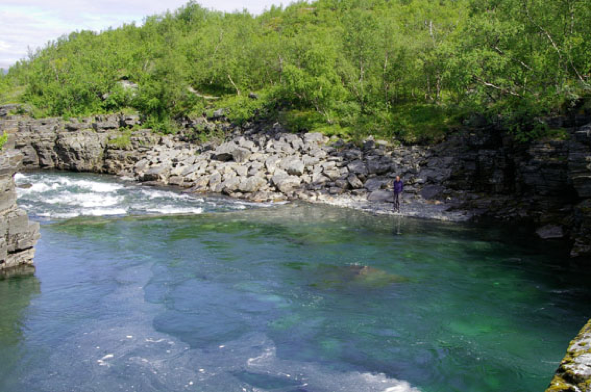Contact
Department of Aquatic Sciences and Assessment, Division of Geochemistry and Hydrology

The monitoring programme Trend watercourses is part of the Freshwater programme of the Swedish Agency for Marine and Water Management (Havs- och vattenmyndigheten), within the national environmental monitoring.
The overall objectives are to describe conditions and large-scale changes in the water environment, and to provide a basis for evaluating hazard images and potential measures, in a nationally representative selection of watercourses that are not impacted by local/regional effluent discharge or intensive soil usage.
The results from our trend watercourse investigations may be used as reference for interpreting periodical national inventories, and also for evaluating changes in more impacted areas. Long time sequences are of particular value for tracking effects of climate change, and predicting future changes. The results will also serve as a basis for evaluating different environmental quality objectives.
The trend watercourses are complemented primarily by TREND LAKES and River outlets. Like the trend watercourses, the trend lakes monitor changes over time, but in lakes. In the river outlet programme, we monitor the water chemistry in our main watercourses, and the stress on the sea from various substances.
The investigations comprise monthly sampling and chemical analysis of 67 watercourses, evenly distributed across Sweden. In 48 of these, benthic fauna and diatoms are also examined annually; in 28 of these, additional fish samplings are made annually.
The programme comprises watercourses of varying sizes and time series of varying length. The watercourses have catchment areas of sizes ranging from approximately 1 km2 to more than 10 000 km2.
The monitoring programme commenced in 2007, but the major part of the monitoring stations were part of an earlier programme for watercourses, and have been examined in terms of water chemistry since the mid-1980's (called time series watercourses 1995-2006, and reference watercources before that). In some watercourses, the investigations started in 2007, while others have time series of 40 years.